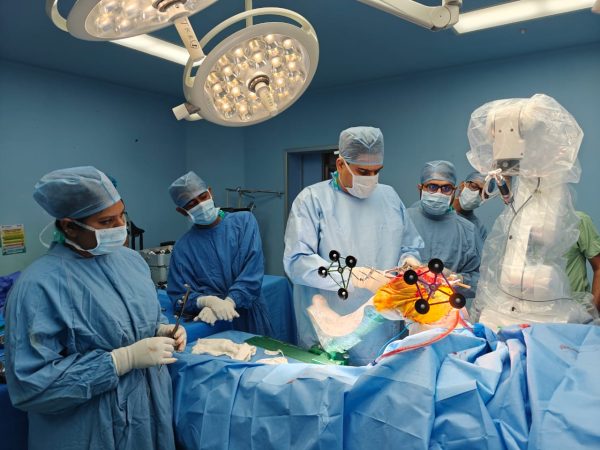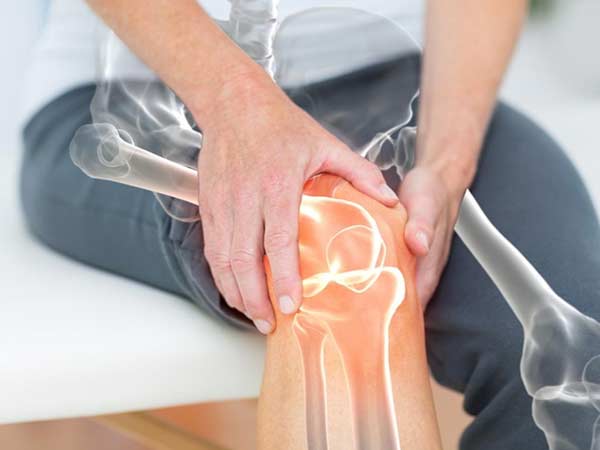Proximal Humerus Fracture: Symptoms and Treatment
A proximal humerus fracture is a common shoulder injury. Particularly common in older people due to osteoporosis, fractures of the proximal humerus are among the most common broken bones in the shoulder. In fact, in patients over the age of sixty-five, proximal humerus fractures are the third most common broken bone (after wrist and hip fractures).
A proximal humerus fracture occurs when the ball of the shoulder joint breaks. The fracture is actually in the upper part of the arm bone (the humerus). Most proximal humerus fractures are not displaced (not out of place), but about 5 to 20% of these fractures are displaced, and may require more invasive treatment.
The most notable problem with proximal humerus fractures is that the treatment is very limiting and the results are usually fair or poor. Several patients suffering from this injury do not regain full strength or mobility of the shoulder, even with precise treatment.
Displaced Fractures of the Proximal Humerus
 When the bone is not in precise alignment, the fracture is known as displaced. In proximal humerus fractures, severity is usually described by how many of the major parts of the proximal humerus fracture are displaced. There are 4 parts of the proximal humerus, therefore a displaced fracture can be 2 parts, 3 parts, or 4 parts (a nondisplaced fracture is, by meaning, part I). In general, the most displaced parts, the prognosis is lower.
When the bone is not in precise alignment, the fracture is known as displaced. In proximal humerus fractures, severity is usually described by how many of the major parts of the proximal humerus fracture are displaced. There are 4 parts of the proximal humerus, therefore a displaced fracture can be 2 parts, 3 parts, or 4 parts (a nondisplaced fracture is, by meaning, part I). In general, the most displaced parts, the prognosis is lower.
The components of the proximal humerus are known as tuberosities (the major and minor tuberosity), the humeral head (the ball of the shoulder), as well as the humeral axis. The tuberosities are next to the ball and are junctions of the vital rotator cuff muscles. For a component to be considered displaced, it must be more than forty-five degrees apart from its usual place.
Treatment
About 80 percent of proximal humerus fractures are not displaced (not out of place), and these can almost always be treated with a sling. The typical treatment is to rest the shoulder in the sling for 2 to 3 weeks, and then start some light range of motion exercises. As healing progresses, more aggressive shoulder strengthening exercises can be resumed, as complete healing generally takes around three months.
In more serious injuries where the bone is displaced (out of place), it may be essential to realign or replace the damaged bone. Determining the best treatment depends on several factors, including:
- Hand Mastery
- Patient age
- Degree of fracture displacement
- Patient activity level
Options for surgery include realigning the bone fragments and holding them in place with metal orthopedic implants, or having a shoulder replacement procedure. Whether the bone fragments can be fixed, be it bone screws, dowels, wires, large sutures, or a bone plate. The plates and screws, as shown above, have become much more common because the coating technology has improved.
If there are problems with the bone repair, orthopaedic surgeon in Delhi may suggest you go for some type of shoulder replacement. If a replacement procedure is suggested, options include a standard shoulder replacement, hemiarthroplasty, or a reverse shoulder replacement.
The specific recommendation for which type of surgery is best depends on several factors, including the type of rest and the particular patient. For example, reverse shoulder replacements can be excellent treatments, but they are reserved for older, less active patients.






